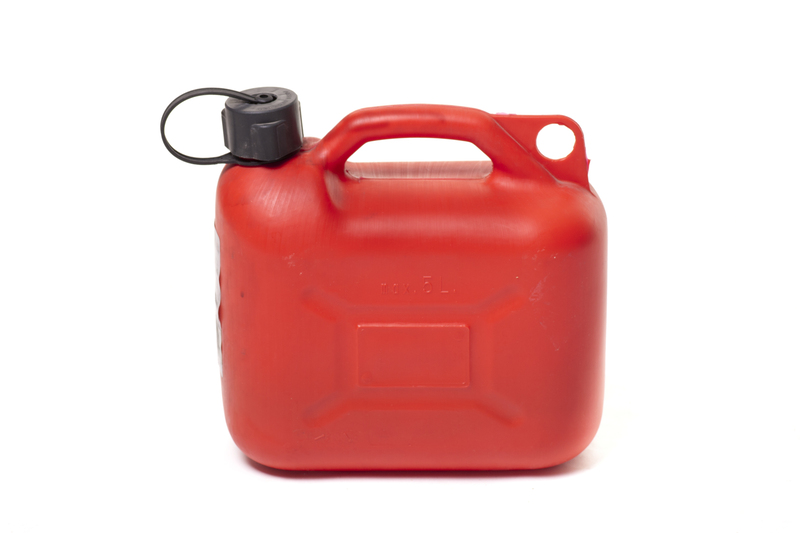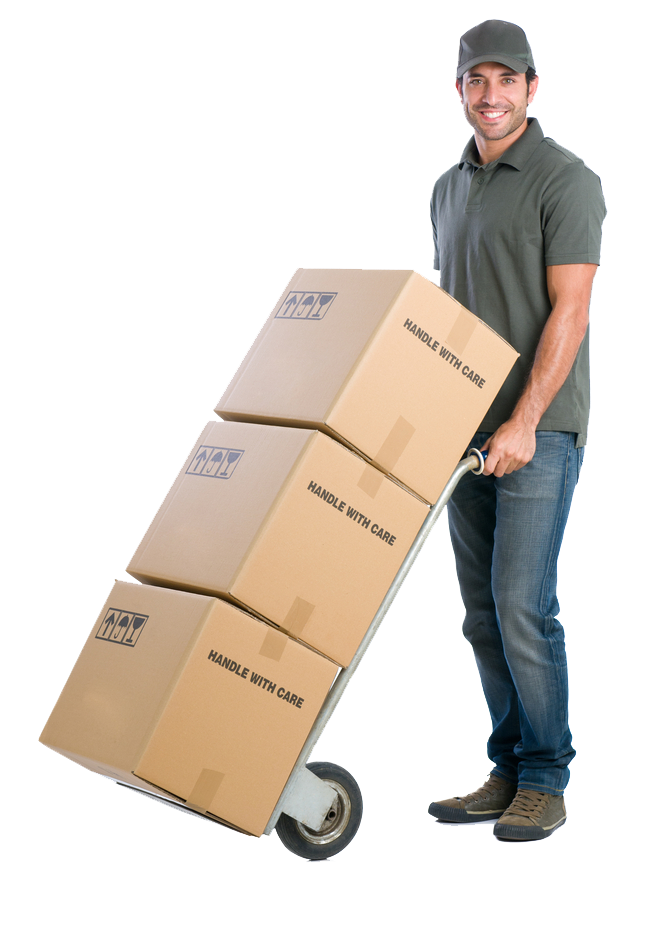Tips for Protecting Fragile Items During a Move
Posted on 28/07/2024
Moving to a new home can be an exciting and daunting experience. While the thought of starting fresh in a new space can be invigorating, the process of packing and transporting all your belongings can be overwhelming. And when it comes to fragile items, the stress level only multiplies. From delicate glassware to sentimental family heirlooms, ensuring the safety of these items during a move is crucial. To help make your moving process smoother and safer, here are some tips for protecting fragile items.
Tip 1: Plan Ahead
The key to protecting your fragile items during a move is proper planning. Before you start packing, take inventory of all your fragile possessions and make a plan on how to pack them safely. Start by identifying the most delicate items that require extra care, such as fine china, crystal glasses, and electronics. Take note of their size, weight, and shape to determine the type of packaging materials needed.

Tip 2: Use Appropriate Packing Materials
When it comes to fragile items, using the right packing materials is essential. Avoid using newspaper or old boxes as they provide little protection against damage. Instead, invest in high-quality packing supplies such as bubble wrap, packing paper, packing peanuts, and sturdy moving boxes. These materials will act as a cushion for your delicate belongings and prevent them from shifting or breaking during transit.
Tip 3: Pack Items Individually
It may seem like a time-saving idea to pack multiple fragile items together in one box, but this can lead to disaster. Each item should be wrapped individually with enough packing material to provide adequate cushioning. For example, wrap each piece of china with bubble wrap before placing it in a box lined with packing peanuts. This will help absorb any shock or impact during transportation.
Tip 4: Label Boxes Clearly
Proper labeling is crucial when it comes to fragile items. Clearly mark each box with a "Fragile" label and use arrows to indicate the correct position of the box during transportation. This will alert the movers to handle the box with extra care and give them a visual cue to keep the box upright while loading and unloading.
Tip 5: Disassemble Furniture
Large pieces of furniture such as tables, chairs, and shelves can also be considered fragile items during a move. To protect them, it's best to disassemble them before packing. This will not only make them easier to transport but also reduce the risk of damage. Be sure to wrap all detachable parts in bubble wrap or padding and label them accordingly.

The Pros and Cons of Hiring Professional Movers
While you can attempt to pack and transport your fragile items on your own, hiring professional movers has its pros and cons.
Pros:
- Experience and expertise in handling fragile items
- Availability of specialized packing materials
- Insurance coverage for any damages incurred during transportation
Cons:
- Costlier compared to DIY moving
- Less control over how your items are packed and transported
- Risk of potential mishandling by inexperienced movers
Takeaways
Here are some key takeaways for protecting your fragile items during a move:
- Plan ahead and make a list of all your delicate possessions.
- Use high-quality packing materials and pack each item individually.
- Clearly label boxes as "Fragile" and indicate their correct position.
- Consider hiring professional movers if budget allows.
In conclusion, moving can be a stressful process, especially when it comes to protecting your fragile items. By following these tips, you can ensure the safety of your delicate belongings during transit. Remember to plan ahead, use appropriate packing materials, label boxes clearly, and consider hiring professional movers for a smoother and safer moving experience.





